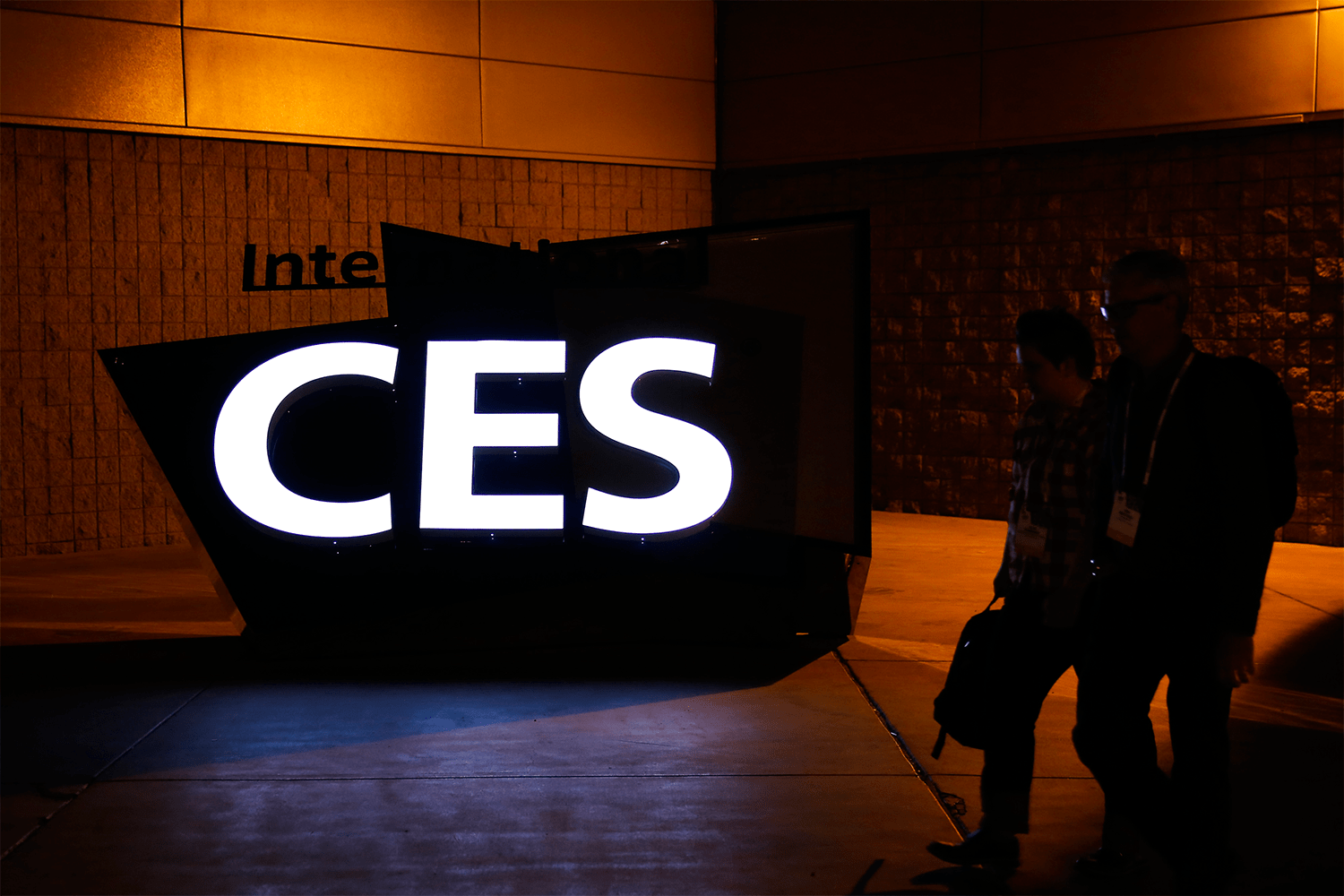
So was this year’s International CES in Las Vegas a success? I had a good time, as I expected I would. As usual, though, the yearly gadgetfest had to deal with its share of critics — including people who didn’t even attend and still considered themselves qualified to declare it to be a bust. But the numbers seem to indicate that it’s still thriving: This year’s edition hosted more than two million square feet of exhibition space, breaking last year’s record, and the number of exhibitors (3,200+) and attendees (150,000+) were apparently similar to 2013.
But really, it needs to be said that whether you’re a CES skeptic or cheerleader, obsessing over the size of the exhibition halls and the quantity of companies and products contained therein is kind of missing the point. A gigantic percentage of what makes the trek to Vegas worthwhile for those 150,000 participants is what I think of as Shadow CES — the show beyond the show, largely carried on behind closed doors.
Shadow CES consists of:
It’s worth nothing that countless companies that “weren’t at CES” attended Shadow CES. For instance, when Microsoft announced that it wouldn’t be on the show floor in 2013, it made headlines and was taken as possible evidence that CES was on the cusp of collapse. The company stayed away from the LVCC again this year, but it sent plenty of staffers to Vegas and paid for a sizable private space at the Venetian, where they met with the people they felt like meeting with — including me — and talked about the subjects they felt like discussing. (CES’s January show dates rarely synced up with Microsoft’s major product launches, which meant that its exhibition space was often devoted to demos of products and services that everybody was already familiar with, giving the whole exercise a redundant feel.)
The average encounter at Shadow CES is probably more interesting than the average CES one, for several reasons. For one thing, they’re often about products and plans that are further out, and therefore more tantalizing. For another, the privacy makes for better conversation than the chatter at the official show, which rarely strays too far from official talking points. It’s the industry in a less polished form, with an emphasis on substance over hoopla.
Being on the CES show floor can make a huge amount of sense if you’ve got something newly announced that needs to be seen to be fully understood, such as a curved 4K TV set. But if you’re just talking — maybe about the next generation of products beyond this year’s CES debutantes — you aren’t seeking attention and don’t need to splurge on a fancy booth. And by avoiding the floor, you avoid having to deal with whatever random people show up and demand attention, such as folks seeking tech support.
In the end, CES and Shadow CES feed off each other. Nobody would bother to go to Las Vegas a few days into the new year if the high-profile stuff wasn’t there: giant booths, flashy announcements, keynote speeches and press conferences. But the activities of Shadow CES, though usually unglamorous, do at least as much to keep the industry healthy — especially since so many of them involve business transactions of the sort that don’t get done on the show floor, such as deals between manufacturers and retailers.
Every CES participant attends his or her own distinct Shadow CES: Nobody gets to see anywhere near all of it, and I’m afraid that some of the juiciest parts are off-limits to journalists like me. (They involve hush-hush products we won’t learn about for months to come — in some cases, not until CES 2015 or beyond.) So it doesn’t make sense to declare that this year’s Shadow CES was better or worse than last year’s Shadow CES. But I do know that it remains an essential ritual — and that any assessment of CES’s relevance that doesn’t acknowledge its importance is too incomplete to take seriously.
More Must-Reads from TIME
- Donald Trump Is TIME's 2024 Person of the Year
- Why We Chose Trump as Person of the Year
- Is Intermittent Fasting Good or Bad for You?
- The 100 Must-Read Books of 2024
- The 20 Best Christmas TV Episodes
- Column: If Optimism Feels Ridiculous Now, Try Hope
- The Future of Climate Action Is Trade Policy
- Merle Bombardieri Is Helping People Make the Baby Decision
Contact us at letters@time.com